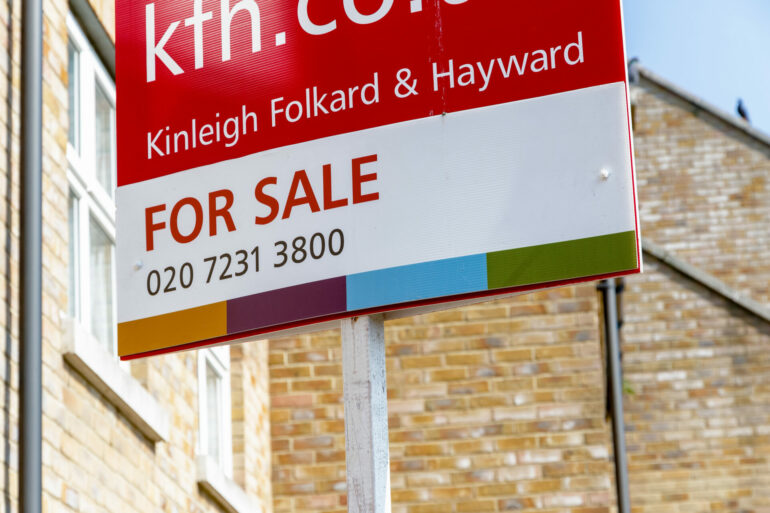New data from HMRC shows that the end of 2023 witnessed a notable decrease in residential transactions, a trend attributed to the dampening effects of higher interest rates and a general sense of caution in the property market as a response to the cost of living crisis.
Higher rates made the prospect of buying a home less attainable for many, leading to an 18% year-on-year decline in transactions by December 2023. The housing market has therefore been subdued, with activity slowing down considerably.
This has had a knock-on impact on the amount of tax the government are taking in from Stamp Duty. Other statistics out today show that residential property receipts in Q4 2023 were 4% lower than in the previous quarter, and 25% lower than Q4 2022.
Reigniting the property market therefore might be something the Government is keen to do and recent rumours of the return of 99% mortgages could be its attempt to get more first-time buyers into the market which helps boost transactions further up the chain too.
However, as we step into 2024, there are burgeoning signs of optimism without the need for further measures. A critical factor contributing to this positive shift is the gradual reduction in mortgage rates.
As these rates begin to lower, the financial burden on prospective homebuyers eases, making the dream of homeownership more accessible. This easing of mortgage rates is expected to inject newfound life into the housing market, fostering an environment where more individuals can afford to buy homes and these transaction figures start to rise again.
Speculation around the BoE potentially lowering the base rate later this year has fuelled expectations of an even more favourable borrowing landscape. Such a move would likely lead to a further reduction in mortgage rates, thereby accelerating the housing market’s recovery by making financing more affordable for a broader segment of the population.
Karen Noye is mortgage expert at Quilter



